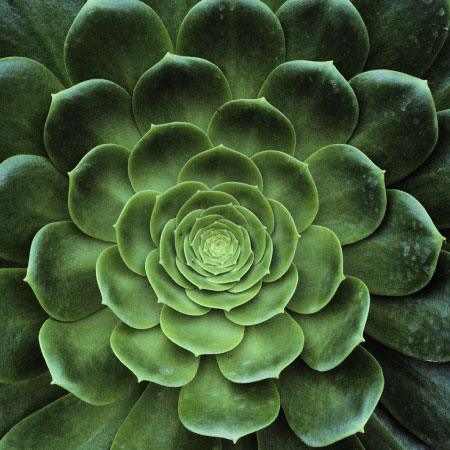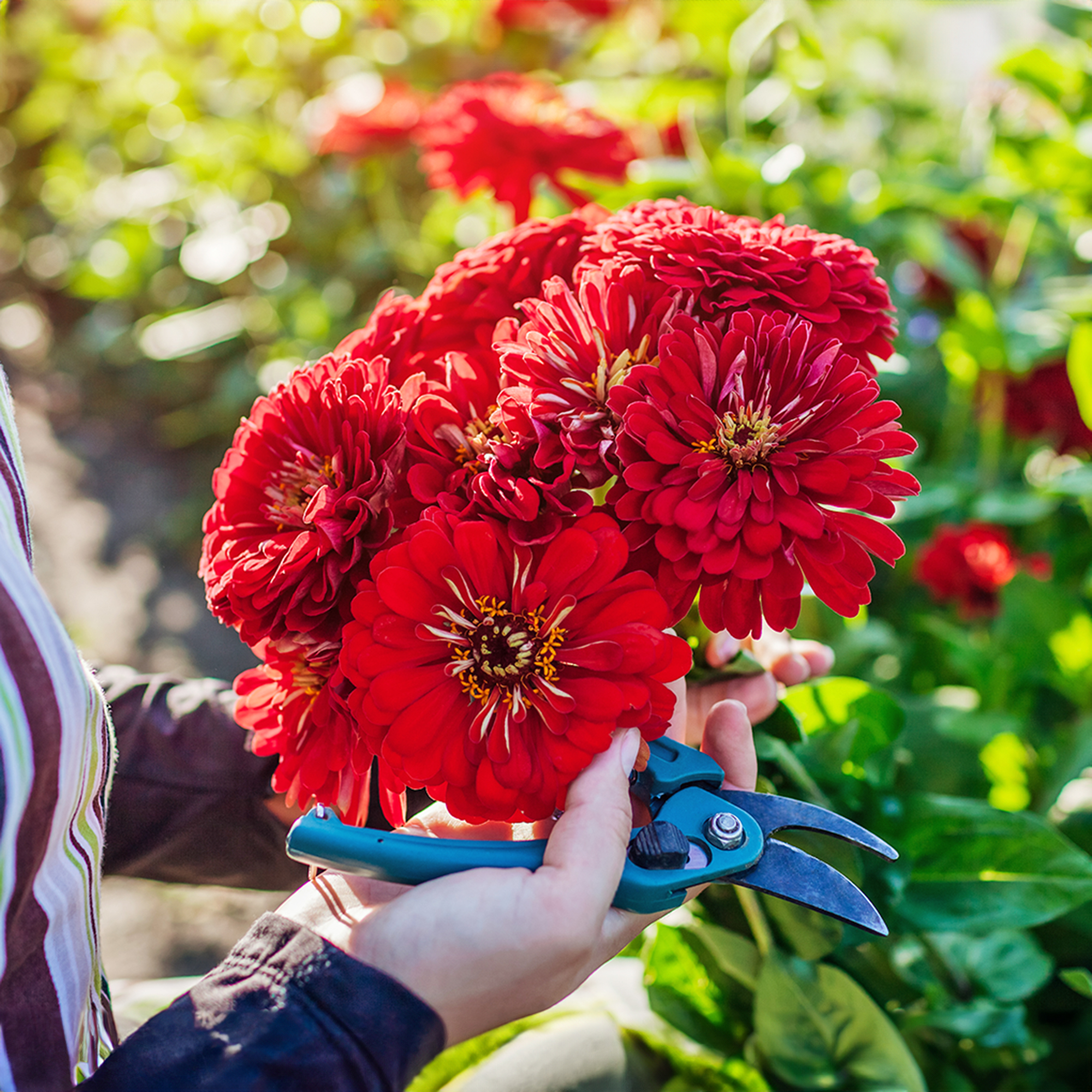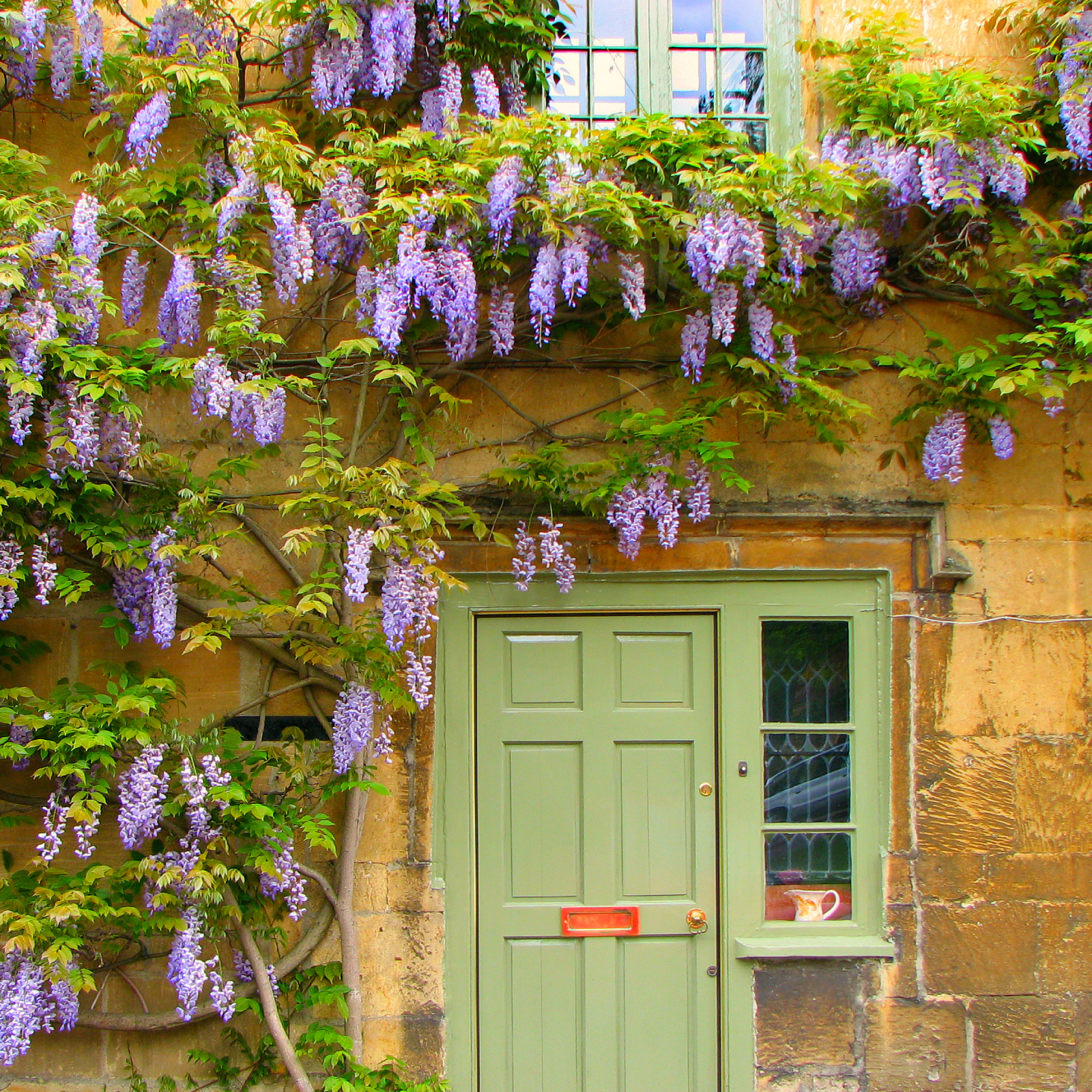Planting Potato Pieces: Which End Of The Potato Is Up


If you’re new to the wonderful world of gardening, things that are obvious to seasoned gardeners may seem strange and complicated. For example, which way is up when planting potatoes? Should you be planting potatoes eyes up or down? Read on to find out which end is up!
How to Find the Seed End of Potatoes
Which end of the potato is up? Basically, the only thing to remember when planting potatoes is to plant with the eyes facing up. Here’s a little more detail:
- Small seed potatoes that measure 1 to 2 inches (2.5-5 cm.) in diameter (about the size of a chicken egg) can be planted whole with, as noted, the eye facing up. Preferably, the seed potato will have more than one eye. In this case, just ensure that at least one healthy eye will be facing up. The others will find their way.
- If your seed potatoes are larger, cut them into 1 to 2 inch chunks, each with at least one good eye. Set the chunks aside for three to five days so the cut surfaces have time to callus, which helps prevent the potatoes from rotting in the cool, moist soil.
Final Note about Planting Potato Eyes Up or Down
Don’t spend a lot of time worrying about how to find the seed end of potatoes. Although planting with the eyes facing the sky will likely smooth the way for the development of the little spuds, your potatoes will do just fine without a lot of fuss. Once you’ve planted potatoes once or twice, you’ll realize that planting potatoes is basically a worry-free process and that digging the new potatoes is like finding buried treasure. Now that you know the answer to which seed end to plant, all you have to do now is sit back and enjoy your crop once it comes in!
Gardening tips, videos, info and more delivered right to your inbox!
Sign up for the Gardening Know How newsletter today and receive a free copy of our e-book "How to Grow Delicious Tomatoes".

A Credentialed Garden Writer, Mary H. Dyer was with Gardening Know How in the very beginning, publishing articles as early as 2007.
-
 Zinnias On Repeat: 10 Glorious Cut-And-Come-Again Varieties For Endless Summer Bouquets
Zinnias On Repeat: 10 Glorious Cut-And-Come-Again Varieties For Endless Summer BouquetsThese zinnia varieties keep giving all summer, making them the perfect choice for dedicated cutting gardens – or just the occasional homegrown bouquet.
By Ellen Wells
-
 Create A Romantic Garden Straight Out Of Bridgerton: Regency Era Romance In Your Garden
Create A Romantic Garden Straight Out Of Bridgerton: Regency Era Romance In Your GardenTry some romantic garden ideas straight out of Bridgerton. Flowers and gardens in the Regency era were lush and charming and you can get the same look!
By Bonnie L. Grant